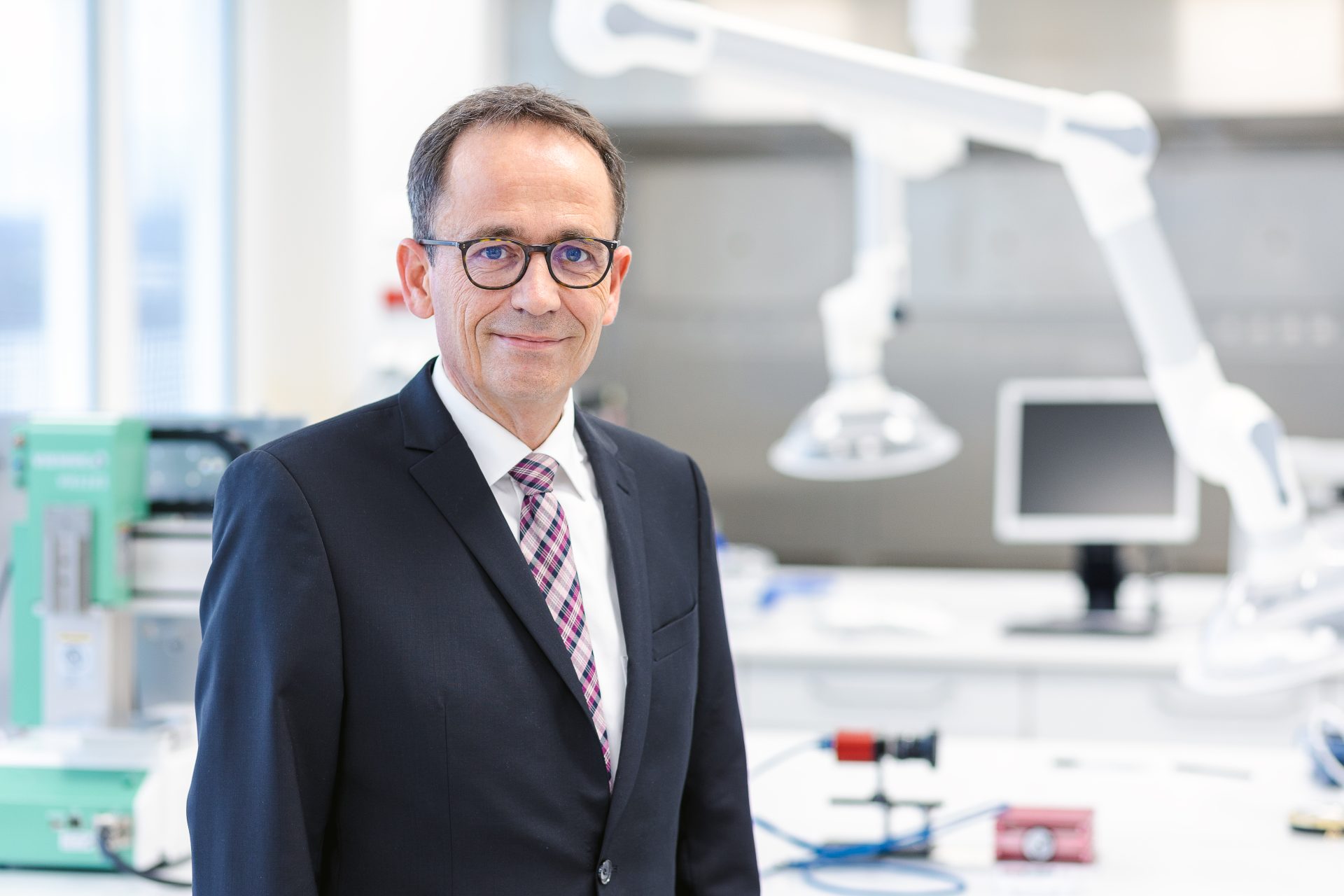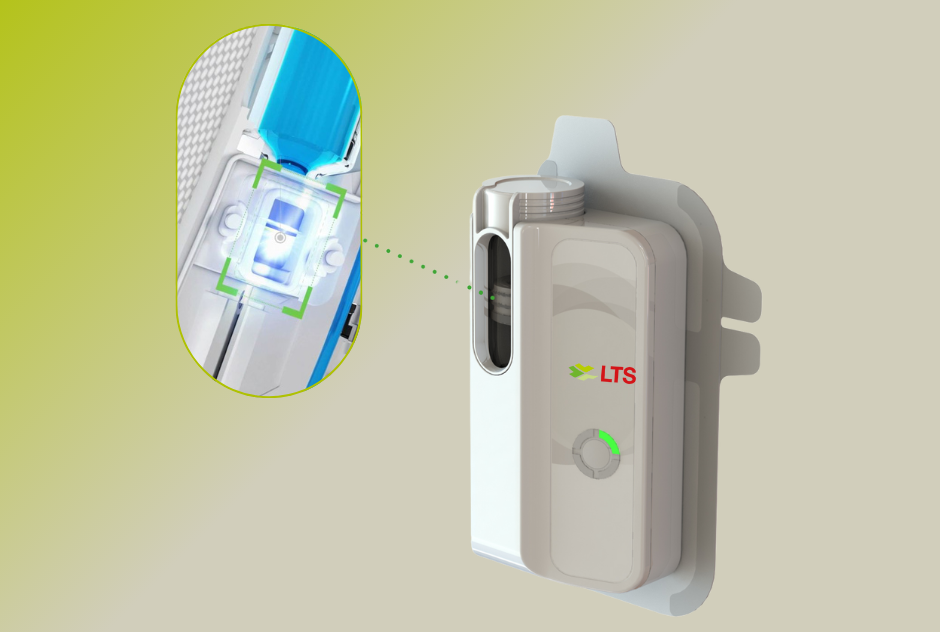
Micro array patch technology: Turning early-adopter status into first mover advantage
When it comes to the take up of innovative technologies, early adoption is always a double-edged sword. Conceivably, there are greater risks involved, but there are also undoubtedly greater rewards on offer.
This is certainly the case in the pharma industry. On the one hand, novel approaches come with a requirement to manage production costs, demonstrate efficacy and navigate the robust regulatory landscape. On the other hand, there is potential to secure valuable share, own the market, and make a direct positive impact on the lives of patients.
Micro Array Patch (MAP) technology is a case in point. In the context of long-established drug-delivery techniques, this format might still be considered relatively novel, and perceptions over associated risk remain. However, thanks to the extensive development work completed at LTS in recent years, pharma partners can now secure the benefits that MAP brings without the inherent challenges, hurdles and investment cases associated with onboarding an innovative and not-yet-marketed drug-delivery technology.
Dr Frank Theobald, Head of the MAP programme at LTS, says the actions and investments undertaken by LTS regarding the commercialization of this technology have led to a significant de-risking of MAP for potential partners, demonstrating its credibility as a market-viable non-invasive delivery technology. This work has focused in particular on the areas of commercialisation, cost, efficacy, safety, handling and applicability.
Commercialisation answers they key question of how a successful laboratory-based process can be scaled into a robust industrial process within an aseptic environment that is compliant with agreed good manufacturing practice (GMP) standards and stringent regulatory requirements. Frank points out that companies will often approach this as a distinct challenge rather than as part of a longer-term transition. However, the processes defined within a laboratory will subsequently need refining, amending or even rethinking in the context of a commercialised process.
As part-CDMO, part device developer, scale-driven manufacturing is a core strand of the LTS DNA, and Frank says there is always forethought regarding the manufacturing stage as the ultimate end-goal of the development process. This ensures the pathway can be better prepared and potential issues can be pre-empted as early as possible. He cites the example of a recent significant breakthrough that allows individual dosing of microneedles as part of a higher-speed process that can be scaled for volume production.
Such processes are driven by a combination of lateral thinking and manufacturing expertise. The technology required to transfer lab-based innovation into a market-ready process is not going to be found on the shelf, says Frank, but inspiration can be found in other applications in other industries. An example is LTS drawing on techniques involved in the electrical manufacturing of platens – an approach which was found to satisfy the critical criteria of efficiency, quality and cost.
The successful work on the commercialisation of MAP technology brings important benefits to pharmaceutical clients in terms of reducing the time-to-market and cost of developing a drug product that employs this platform. But forethought into manufacturing must also be balanced with regulatory compliance, says Frank.
As holders of a manufacturing -authorization, LTS is in regular, constant communication with healthcare authorities, which affords the company a clear and detailed understanding of regulatory requirements. Frank highlights as an example the specific requirements around dosing consistency in phase 2 and 3 clinical trials. Being armed with such knowledge upfront means LTS knows where to focus its efforts and pharma partners can be efficiently guided through such challenges rather than having progress derailed by unexpected surprises.
Developing a robust, compliant manufacturing process is, of course, closely linked to patient safety. As partners, Frank says LTS recognises its responsibility to demonstrate with rigour how all materials and components meet GMP requirements for aseptic production, with consideration for issues such as particles and extractables and leachables. Again, he says this role is fulfilled in the context of later transitioning to a volume-driven process in order to minimise the risk of potential delays and additional costs being caused by lab-based processes not translating well to commercialised production.
Looking even further ahead, it’s important to think about lifetime cost for a technology such as MAP, says Frank. In line with other self-administration platforms, MAP reduces the requirement for patients to travel to clinic settings to access treatment. However, unlike many injection-based methods, MAPs usually do not require cold-chain distribution and storage, and the simple, pain-free application can help increase adherence and reduce further interventions by healthcare professionals (HCPs).
Frank points out that when accounting for all these factors as part of a total cost of ownership, MAP becomes a more competitive proposition than many may perceive it to be. While the platform is typically targeted at vaccines, high-potency biologics in low volume, and mRNA lipid nanoparticles (LNPs), these economics begin to open the door to compatible small-molecule APIs in applications that address unmet medical need or provide an appealing alternative to injection.
As the market for MAP matures, Frank says costs are likely to recalibrate further as efficiencies are increased, pass-through times improve, and yields grow. This is something LTS has already seen in its development of oral thin films (OTF) and transdermal therapeutic systems (TTS), where production benefits continued to be realised as LTS supported these innovative drug-delivery technologies in becoming established on the market.
Through its experiences with OTF and TTS, and through the various ways LTS has subsequently de-risked MAP, Frank believes pharma partners should be adjusting their stance on microneedles. It is important to take a fresh look at challenges, such as manufacturing costs, he says, but it is also important to look at the cost of the opportunity in a competitive market. Today, MAP presents partners with an opportunity to not only make gains in terms of market share, but also to realise valuable learnings, IP and expertise that can be fed into future developments.
On reflection, Frank admits that it is perhaps understandable that misconceptions linger over Micro Array Patch technology, and that it can be labelled as something of a pipedream residing within universities and academia. He emphasises, however, that the reality is very different. No more a pipedream or an emerging technology, it is a technology that is ready and waiting to emerge into pharma companies development pipelines.
Questions now, says Frank, should not be concerned with early-adopter status, but rather around who will gain first-mover advantage in the race to commercialise a drug product using an innovative technology that accommodates the go-to-market demands of patients, clients and regulatory authorities.






